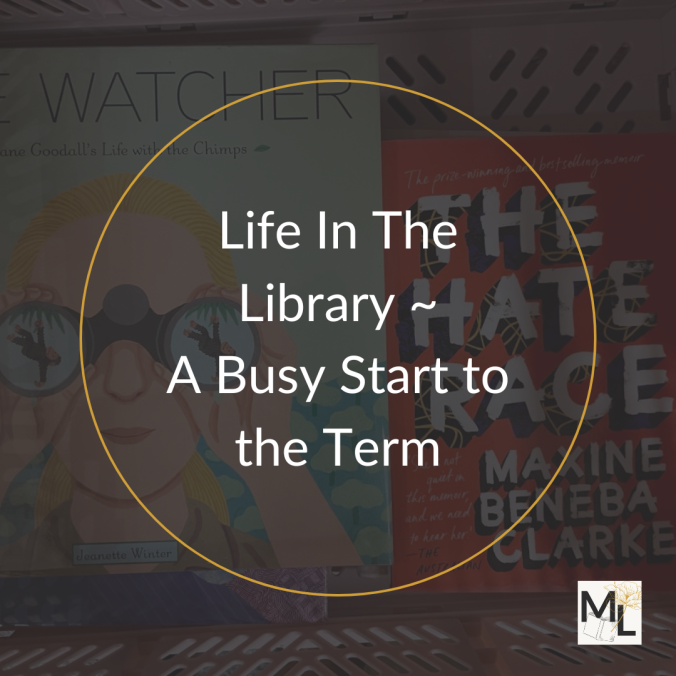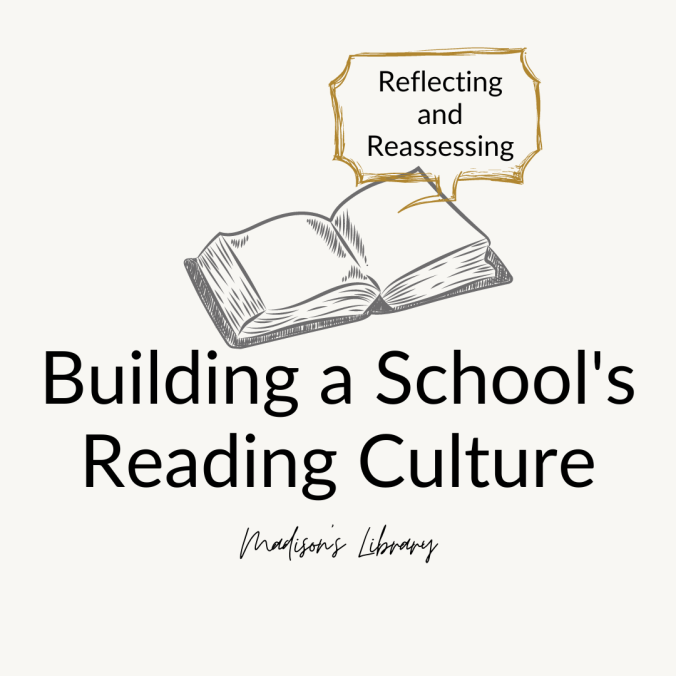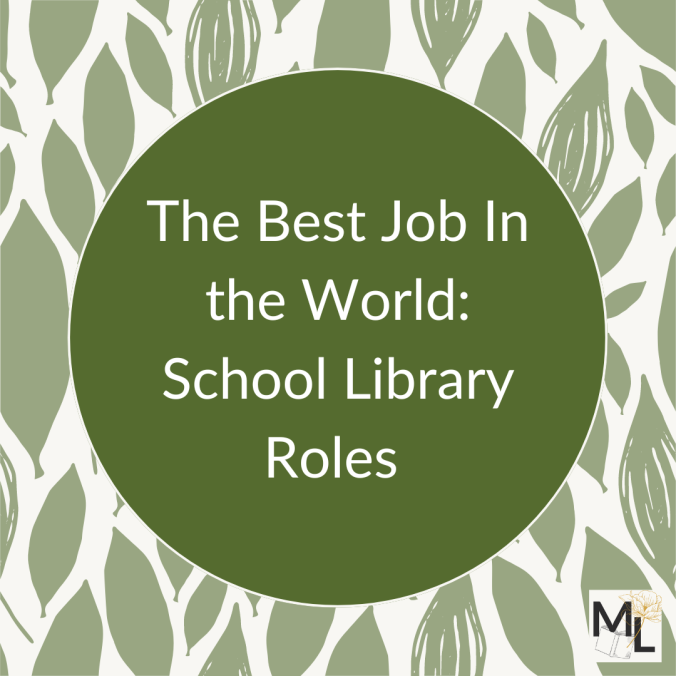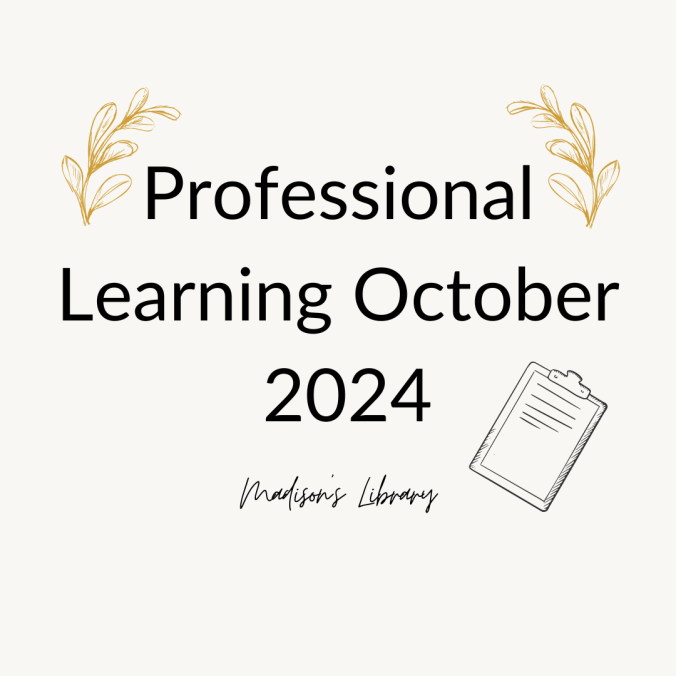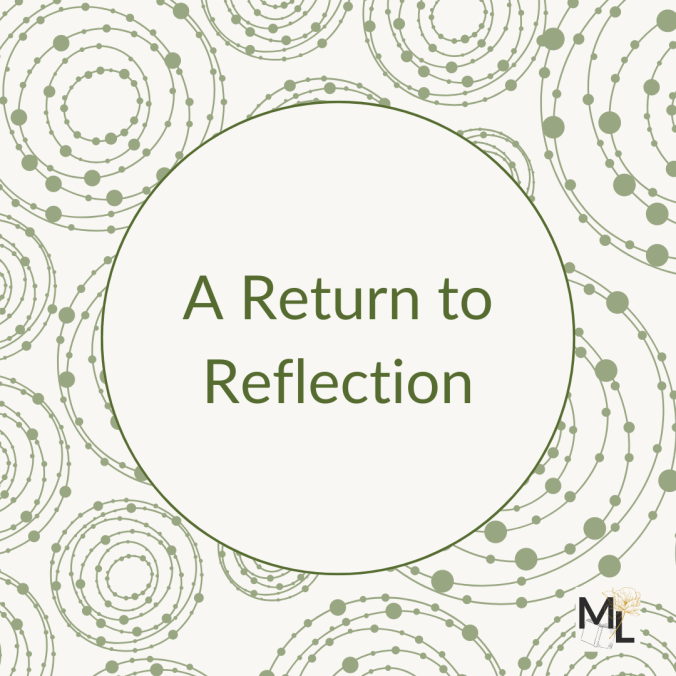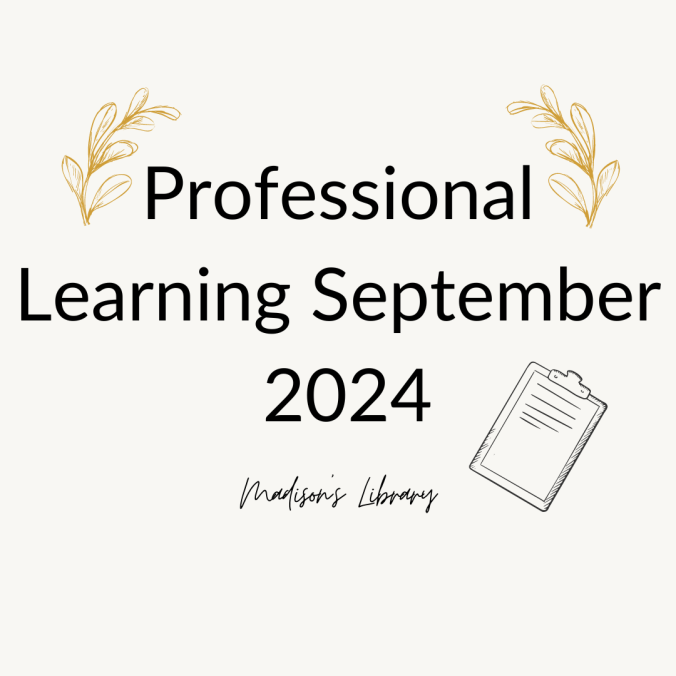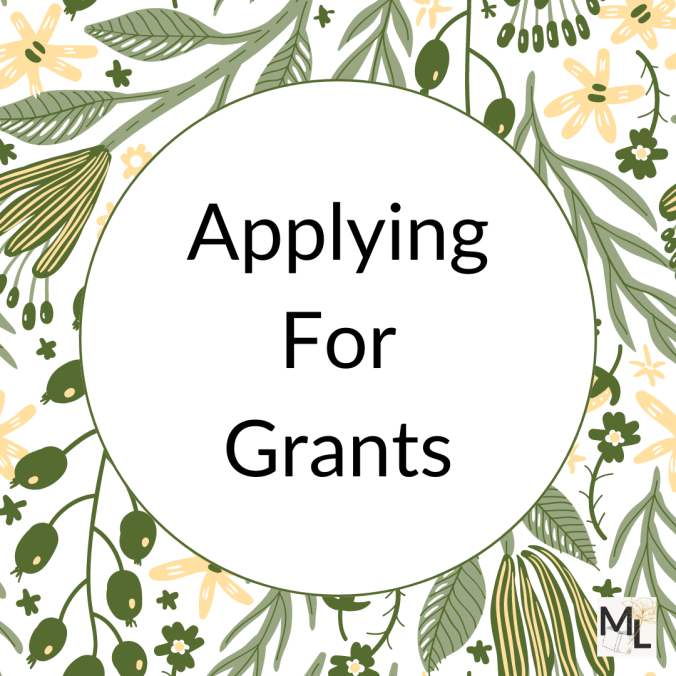I’m in the midst of redesigning our Junior School Library. it’s very exciting but there is also a lot of pressure to get it right. What should we include? How do we pick colours? I totally love it and have enjoyed looking for inspiration from libraries around the world.
School libraries have and continue to rapidly evolve, adapting to the changing needs of students and the education and learning environment. Today’s library spaces should be dynamic, flexible environments that encourage collaboration, innovation and creativity. But designing a school library to achieve all this can be tricky. Whether you are completely renovating the space, undertaking a new build or just making small updates to an existing space, there are lots of decisions and considerations to be made. From flexible furniture to tech-friendly zones with VR, 3D printers, and makerspaces, modern school libraries are being reimagined to inspire curiosity and cater to a variety of learning styles. Exploring the latest design trends has helped me, so here are a few I have discovered that are shaping the future of school libraries.
Continue reading


